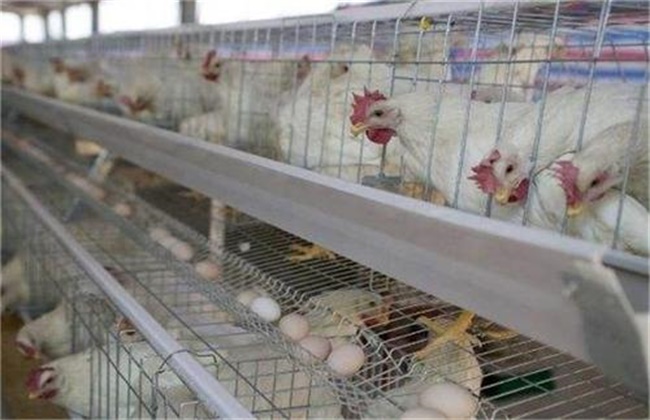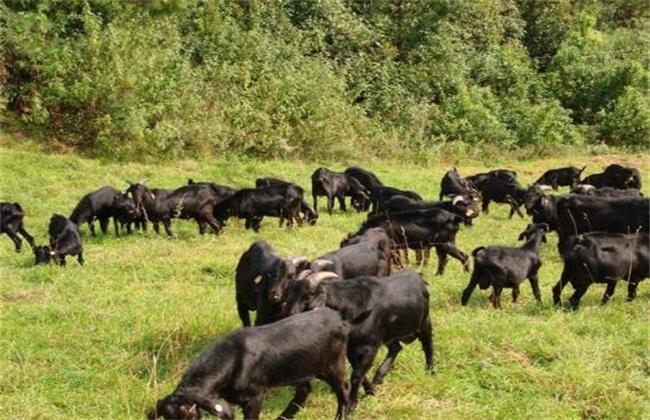Measures to protect feathering of laying hens in winter
As we are about to enter winter, the winter climate is very cold, and the heat preservation measures of chicken sheds in chicken farms are not necessarily very good, so if we want to find ways to reduce the heat emission of chickens, we should think of ways to increase the feathers of chickens. So how to protect the feather of laying hens in winter? Let's take a look.

1. The necessity of protecting the feather of laying hens in winter.
The laying capacity of laying hens decreases in winter, and the demand for nutrition decreases accordingly, so it is only necessary to provide a small amount of nutrients, so it is necessary to adjust the feed formula and shift the focus to promoting feathers, so that the chickens can survive the winter safely. In order to promote the feather growth and health of chickens, feed nutrition must be comprehensive, and attention should be paid to maintaining minerals, vitamins, trace elements and amino acids in the day-to-day age, so as to provide necessary nutrition for the metabolism of chicken feathers, especially in net and caged chickens.
2. Methods of promoting feather growth
First of all, we should pay attention to the addition and use of minerals, vitamins, trace elements and amino acids in the diet, and then increase the content of roughage in the diet, reduce the content of high-protein feed such as corn, bean cake and fish meal, and increase the content of roughage such as wheat bran and rice. The temperature is low in winter and the humidity in the chicken house is high, which is extremely disadvantageous to the growth of chicken feathers, so it is necessary to decontaminate and wet the cage in time, keep the cage clean and hygienic, and ventilate at the right time.
3. Matters needing attention for feathering protection of laying hens in winter.
Chickens need less nutrients in winter, so it is necessary to reduce the amount of fine feeding, on the contrary, increase the amount of coarse feed, and properly feed green succulent feed such as vegetables, celery, carrots and so on. The proportion of fine feeding, coarse feeding and green feeding is generally 15%, 75% and 10%. In order to meet the nutritional needs, each chicken needs to add 2 grams of sulfur, 3 grams of gypsum and 1 gram of Baoyuling every day. Pay attention to the time of ventilation, which is recommended at noon or when the temperature is high in the afternoon.
The above is the introduction of egg feathering protection measures in winter. I hope it can help you. If you want to know more about it, please follow us.
Related
- On the eggshell is a badge full of pride. British Poultry Egg Market and Consumer observation
- British study: 72% of Britons are willing to buy native eggs raised by insects
- Guidelines for friendly egg production revised the increase of space in chicken sheds can not be forced to change feathers and lay eggs.
- Risk of delay in customs clearance Australia suspends lobster exports to China
- Pig semen-the Vector of virus Transmission (4)
- Pig semen-the Vector of virus Transmission (3)
- Five common causes of difficult control of classical swine fever in clinic and their countermeasures
- Foot-and-mouth disease is the most effective way to prevent it!
- PED is the number one killer of piglets and has to be guarded against in autumn and winter.
- What is "yellow fat pig"? Have you ever heard the pig collector talk about "yellow fat pig"?



